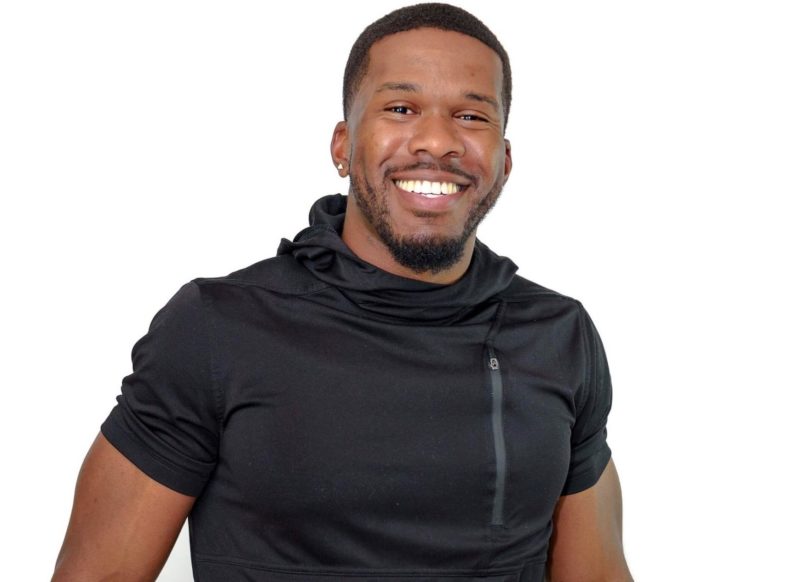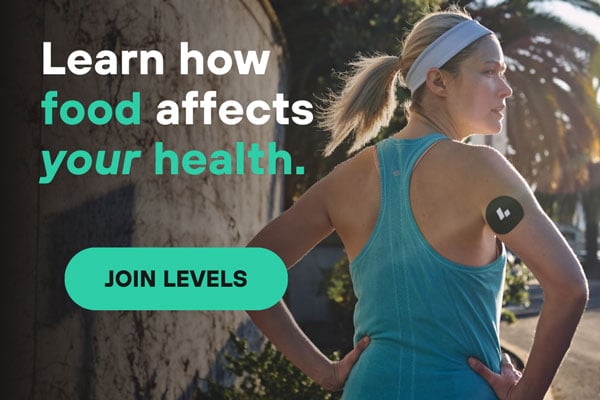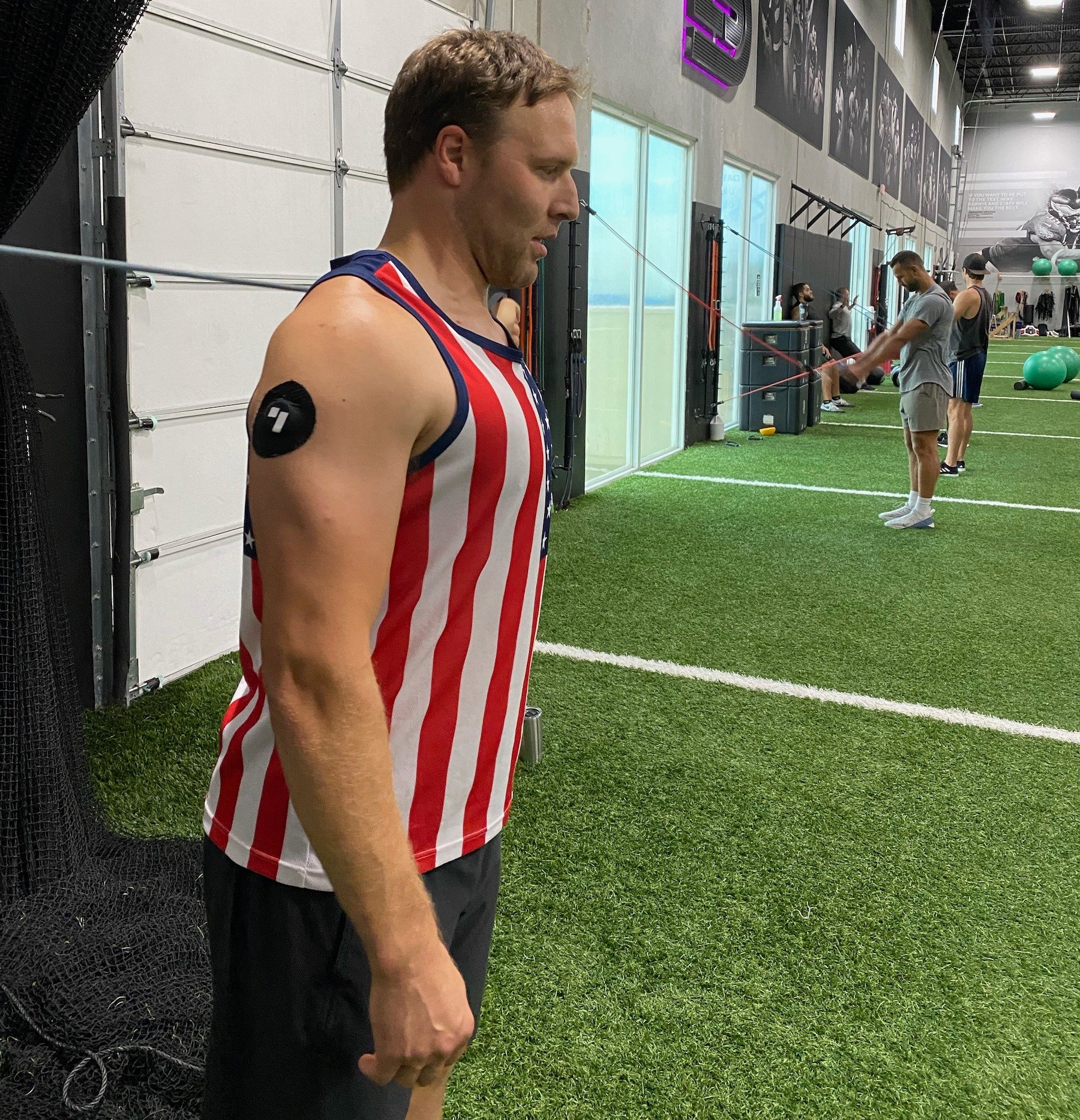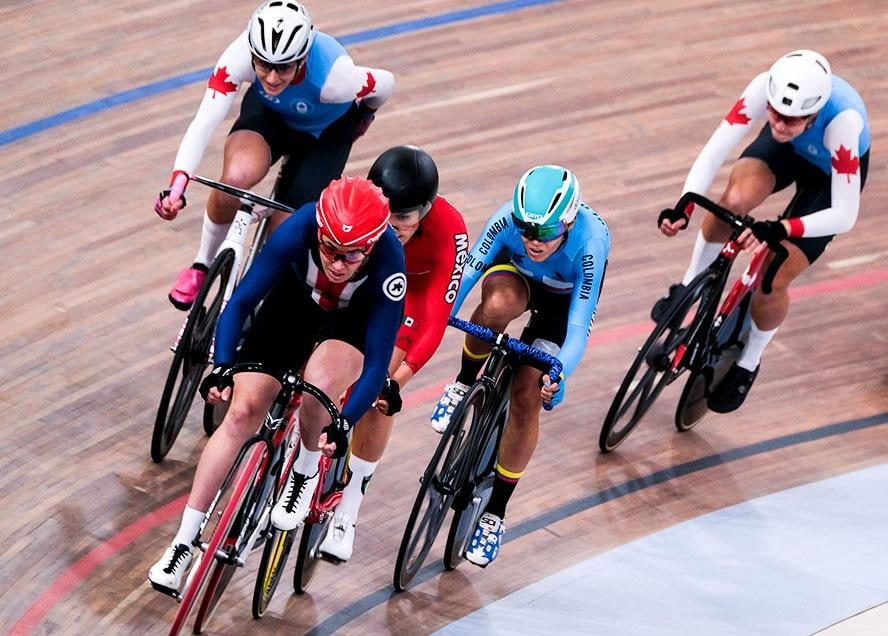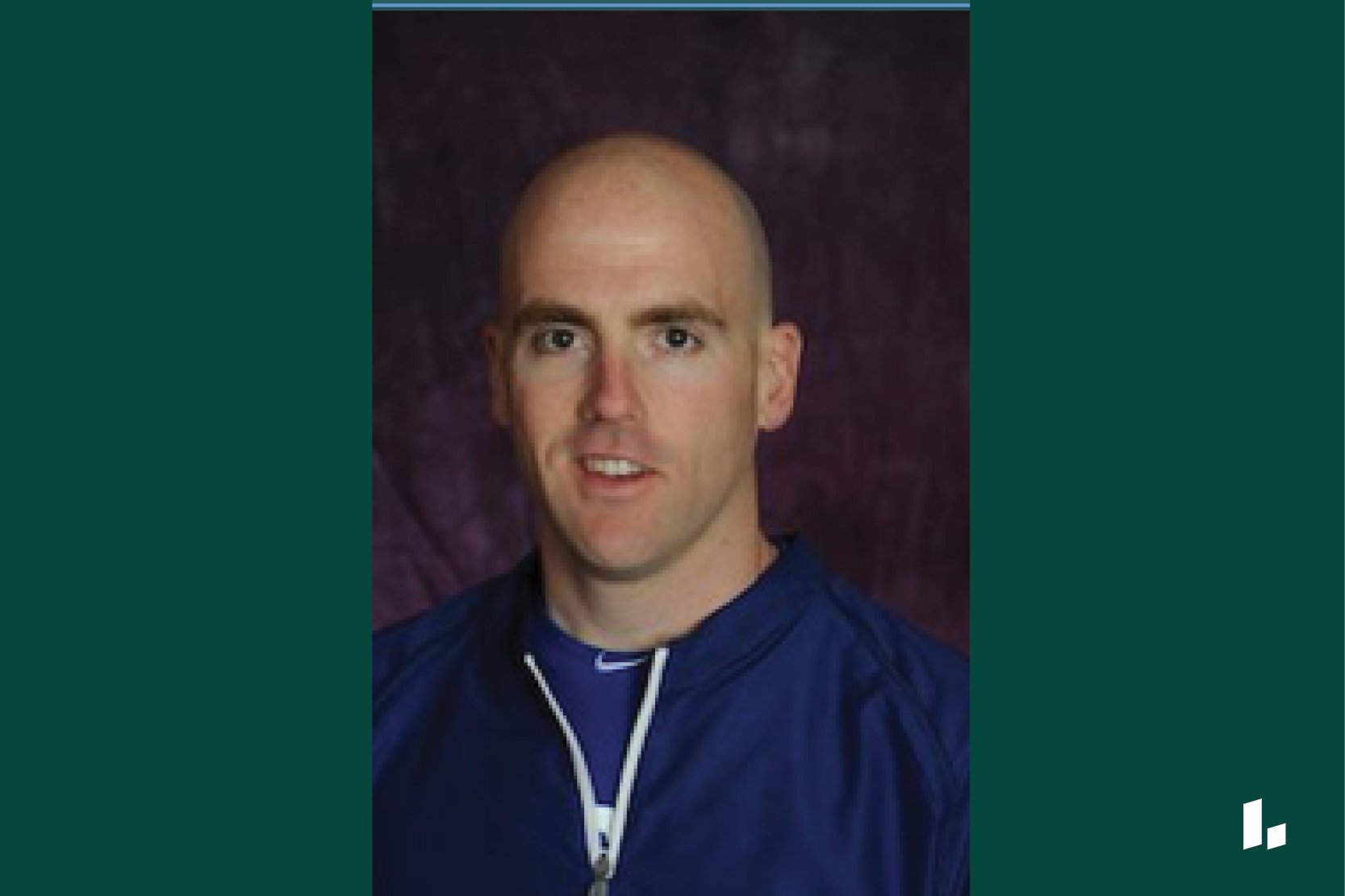Member Profile:
Who: Austin McGuffie
Where: Atlanta, GA
Most Useful Takeaway: When making a meal, cut the carb in half and boost the protein and fat content, and you’ll find yourself a lot healthier than you realize.
As the “Metabolism Mentor,” you make these great metabolism videos on YouTube. What is your background in health and wellness?
After a failed business, I shifted my focus onto taking care of myself. I started going to the gym—first one day and then five days a week. After three years, I had put on 30 pounds of muscle. Becoming a personal trainer seemed like the next step.
When I first began training, I thought, I don’t care much about your muscles per se— I want you to become healthy. But unfortunately, as a marketing tactic, that didn’t really work. Clients just thought: I see you have muscles, and that’s what I want.
So I could maybe even say that I sucked as a personal trainer. I think I’m a good coach, but I had clients that had pretty serious metabolic disorders, and, at the time, I didn’t understand how best to help them.
That’s when I retreated and focused on education. Reading Why We Get Sick was my initial introduction to insulin resistance and metabolic disorder. After digging into metabolism and learning about my habits, I realized how poor off I was. I was taking naps in the middle of the day, being a complete glutton for sugar, and getting sick a lot.
How did your nutrition habits change as you started to wear a CGM and learn more about metabolic health?
For the past three months, I’ve been trying to make oatmeal a 10 in the Levels app. And today was the first time I got a 10. Previously, I would add a cup of raisins, one-quarter cup of sugar, and a whole banana into my oatmeal. It was the only way I could tolerate the taste. After putting on the CGM, I saw what that did to my blood glucose levels. My goal was to increase my fat and protein and limit carbs for this breakfast. So, I decreased the amount of oats I made from one cup to a half cup. Instead of raisins and sugar, I make it sweet with almond butter. Before eating the oatmeal, I have three eggs and a couple of pieces of smoked salmon.
I still try to eat a lot of carbs—I consume more than 300 grams of carbs a day. But I have to pair it with enough protein and fat to score a 10 on a meal. It’s also about going for the right carbs. Quinoa’s been great for me, with more fat than white or brown rice. I also add avocado to everything except for my oatmeal.
Learn more:
How do other factors, such as daily activity or sleep, influence the choices you’re making in your diet?
My wife and I are both self-employed. We have four kids, and my youngest is two. It’s hard to sit down for long without getting up and chasing him around. But I find that if I’m editing videos for an extended period, I will likely avoid carbs and stick to protein and fat to keep a steadier glucose response.
And just within the past month, I figured out how to get my best sleep. I used to wake up in the middle of the night, and it would take me a long time to go back to sleep. I learned that if I can get my blood glucose to stabilize at about 80 to 85 mg/dL an hour or two before bed, I will have more quality sleep. I measure this data with my Oura Ring, and it’s cool to see the intersection of that dataset with Levels.
Many people find that wearing a CGM helps them correlate what they’re feeling in the moment—e.g., jittery after a high-carb meal—with what the data shows them. Did you notice that spikes and dips on the CGM were related to your body’s responses?
I think I’ve always felt it, and I’ve always known something was off, but I lacked the education and awareness to make those two points meet. Last week I had a bowl that contained greens and chicken but was overall heavily processed. After the meal, I was trying to work, and I couldn’t focus. I checked my glucose and, sure enough, I was at 150 mg/dL. In the past, I might have beaten myself up for not retaining information or losing focus, but it was because I was sending myself on a blood glucose rollercoaster.
You’re a dad to four kids. How are you approaching nutrition with them differently now?
There was a time I was more obsessed: “You have to have this much protein and fat.” But then, when they came home, I opened their lunch boxes, and everything that I put there in the morning was still there. So we came to the conclusion that we had to control what we can control—what you eat for breakfast and what you eat for dinner.
The other piece is they’re not able to connect how they feel after they eat food like that. So now we just try to have those conversations. When they say “my tummy hurts,” the first question we ask is, “well, what are the last things you’ve eaten?”
And we just hope that when they mature, some of those lessons that we taught them will stick. But I have very little advice to give to other parents. It’s so tough.
In your metabolism videos, you run metabolism experiments where you consume different foods or drinks and talk about your body’s glucose response to them. How did your idea come about, and what are your goals in educating people?
I’m trying to talk about metabolism in a way that’s easy for the average person to understand. In the first one—Casamigos vs. My Metabolism—I put my metabolism to the test by drinking Casamigos, a famous tequila that’s been trending, especially in hip-hop culture, and using Levels to talk about how it impacts my body so that I can hopefully teach people about how it’s impacting theirs. (I also have smaller metabolism experiments on Instagram @metabolismmentor.) My goal is to make fun, entertaining videos that hopefully lead people to think about what’s going on with their metabolism.
As a health coach, any final pieces of advice?
My best advice is not to listen too much to other people and start to listen to your own body. We can get caught up in the diet arguments, but really, people just need to focus on how their body is responding to food.
If people understood the 20% of metabolism which is blood glucose management, then that could help improve 80% of their health.
For more with Austin, listen to his episode on our podcast A Whole New Level.
